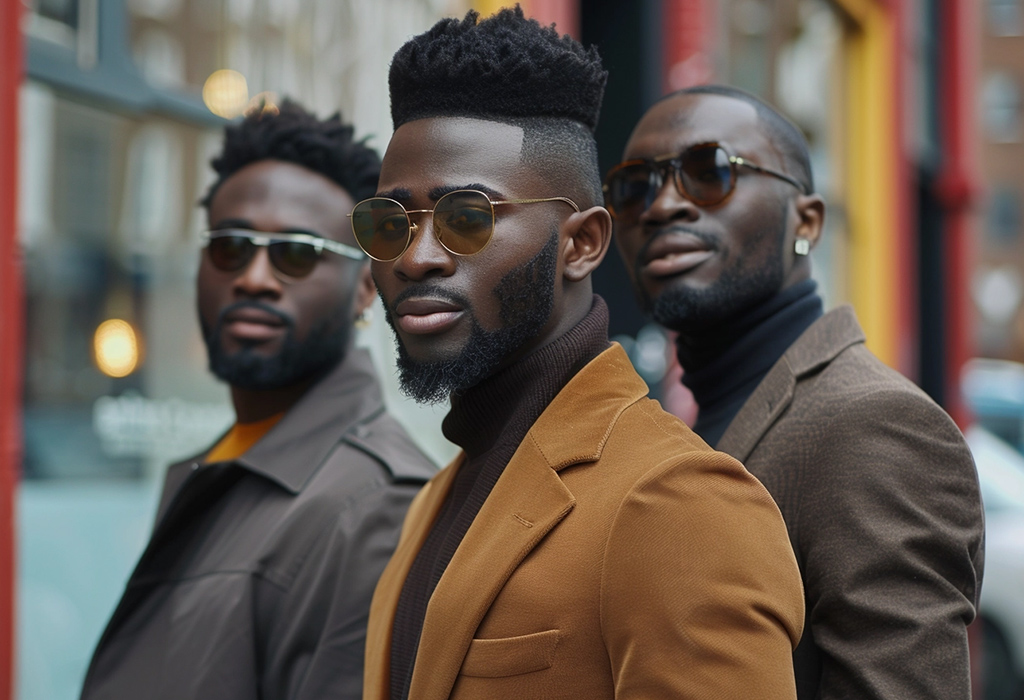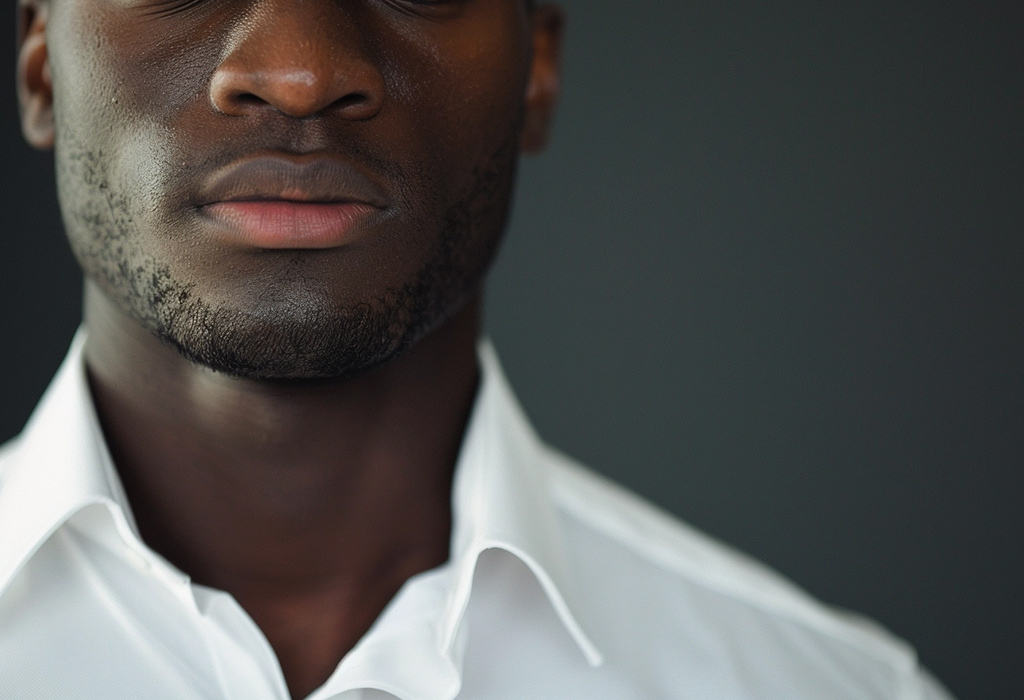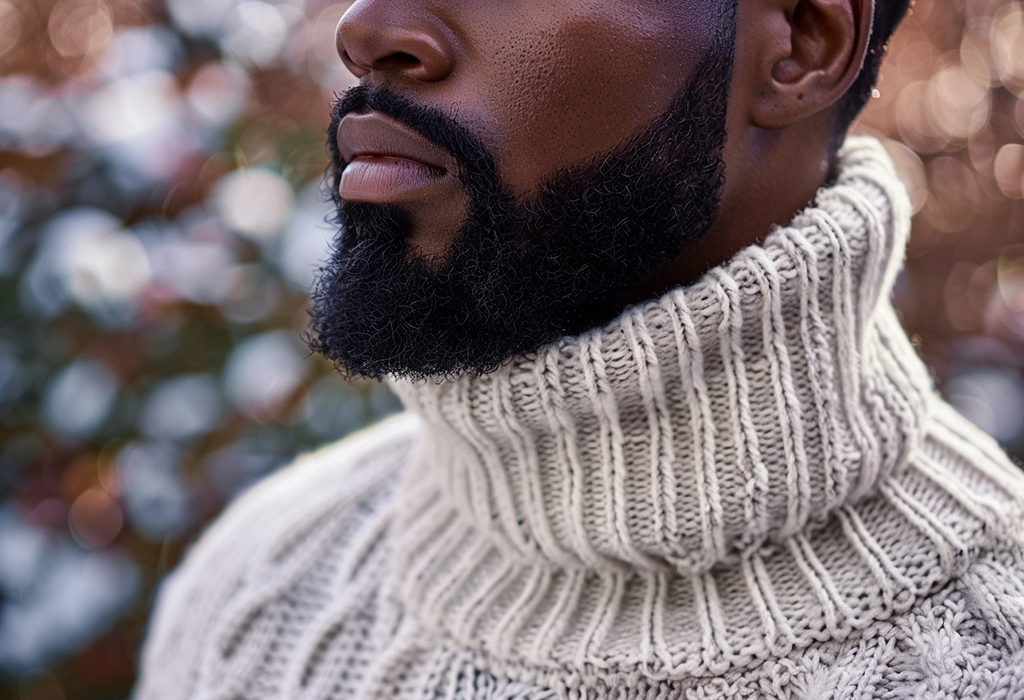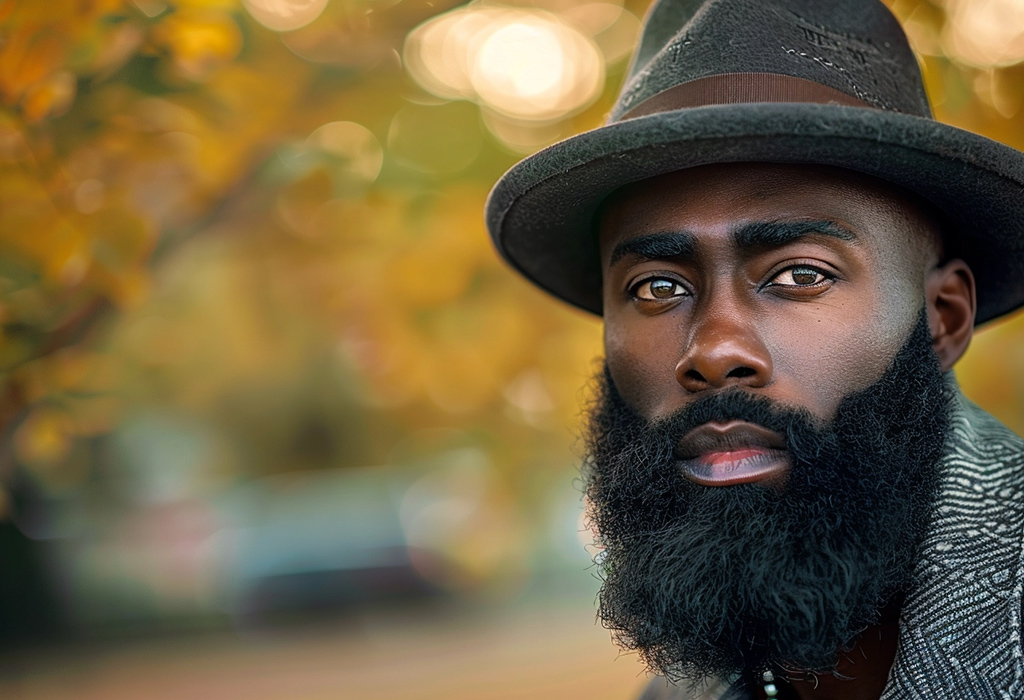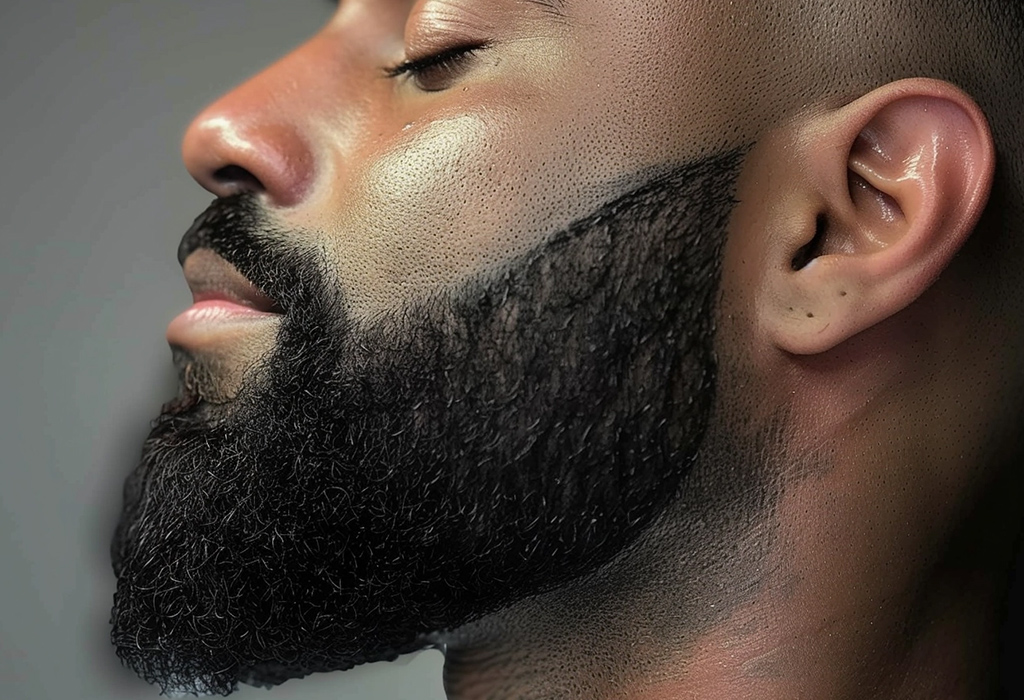Can H&M and Zara Compete with Chinese Rivals?
April 09, 2024BruceDayneFor the second season running, Semir took to the runway at the last month’s Shanghai Fashion Week. The mass market clothing brand is an unlikely inclusion in the biannual showcase as its casual designs are far less fashion-forward than Shushu/Tong, Comme Moi or other designer labels on the calendar. It also retails for less than a tenth the price of its upmarket counterparts.
Brands operating in a similar price bracket in Europe’s fashion capitals, such as H&M and Zara, have come to realise that most consumers don’t value seeing them on the Paris catwalks but, in China, Semir intends to keep on showing, according to sources at the Shanghai event. It’s understandable in this fiercely contested corner of the Chinese market. Local brands have had to be bold to gain an edge over rivals with global brand status.
Unlike export-focused Chinese disruptors Shein and Temu, traditional offline Chinese brands in the mass market segment have doubled down on their home market. Semir, owned by Wenzhou-based apparel conglomerate Zhejiang Semir Garment Co Ltd., has scale on its side, boasting revenues of more than 13 billion yuan ($1.8 billion) in 2022. But it is just one of many Chinese apparel giants operating in a similar price bracket.
Though some face mounting challenges, established names like Shanghai-based Metersbonwe and Ningo firms Peacebird and Youngor have accumulated deep-rooted brand awareness across the country. Others battling for market share include Hangzhou-based Eifini and Guangzhou’s Mo&Co and Urban Revivo. The high-street segment of the Chinese market — unlike luxury which remains heavily skewed towards foreign brands — has seen local players emerge as serious contenders.
Where does that leave H&M and Zara?
Mounting obstacles and challenges
The willingness of Chinese consumers to pay a premium for non-luxury foreign brands has been on the decline in recent years amid their “increased conviction over the quality and comfort of local brands, as well as their levels of service,” said Daniel Zipser, senior partner at the Greater China office of consultancy McKinsey & Company.
The commercial reality of this shift is playing out on Alibaba-owned e-commerce platform Tmall. For example, among the top 20 brands in the sportswear category, local players accounted for 49 percent of sales in 2023, compared with 43 percent in 2019.
Although global brands with defensible value propositions and strong customer engagement models remain well positioned, “a large supply of local brands are available on platforms such as Taobao and Douyin that provide access to [increasingly higher] quality products more tailored to local style needs and fit and which offer more competitive prices.”
This landscape makes it “very challenging for the traditional fast fashion players to compete at the lower end of an extremely competitive market,” Zipser added.
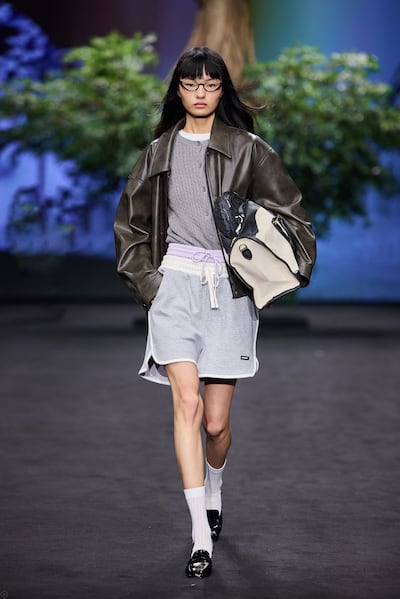
But it wasn’t always this way. Despite local brands’ home advantage, H&M and Zara were able to rapidly expand in China over the last decade, with the former opening about 100 stores every year from 2013 to 2017, according to Guanyan Report Network.
Expansion peaked around 2017 for many foreign brands in this price bracket before their progress was interrupted in 2018 when the Chinese economy started slowing down more sharply than it did previously, said Daxue Consulting’s marketing manager Antonello Germano. “[At the time] there was some uncertainty due to the US-China trade war and a dip in consumer confidence,” he added.
From 2020 onwards, challenges mounted. On top of the Covid-19 pandemic and resulting global supply chain disruptions, the Xinjiang cotton forced labour crisis of 2021 prompted Chinese consumers to boycott a group of international companies including H&M and Uniqlo. At the same time, fashion brands reliant on physical store networks struggled as more Chinese consumers adopted online shopping during the country’s prolonged lockdowns.
Still, China’s branded mass market grew at a CAGR (compound annual growth rate) of around 2 to 3 percent between 2019 and 2023, albeit more slowly than the 3.5 to 4.5 percent CAGR it clocked during the pre-pandemic period between 2015 and 2019, according to Bain & Company. The consultancy estimates that the market is currently worth around 85 to 95 billion euros ($92-103 billion).
“We would not say that the Chinese branded mass market is ‘struggling’, but that it is facing a stronger competitive pressure from premium and luxury brands increasing their presence within China,” said senior partner at Bain & Company, Claudia D’Arpizio in an email.
H&M’s post-pandemic recovery not been straightforward. The brand took 16 months to return to Tmall following its dramatic removal from the platform in 2021 over the Xinjiang crisis. It only returned to JD.com in 2023. That year, H&M shut its Beijing Sanlitun store only 12 months after closing one in Shanghai.
By last year, former H&M Group chief executive Helena Helmersson suggested that the company’s China market performance was still mixed. “Overall, we see it’s going in the right direction even though we’re not at the level we want to be,” she told Reuters in July. “We do see that our focus on the customer offering and also making the customer experience really locally relevant is paying off.”
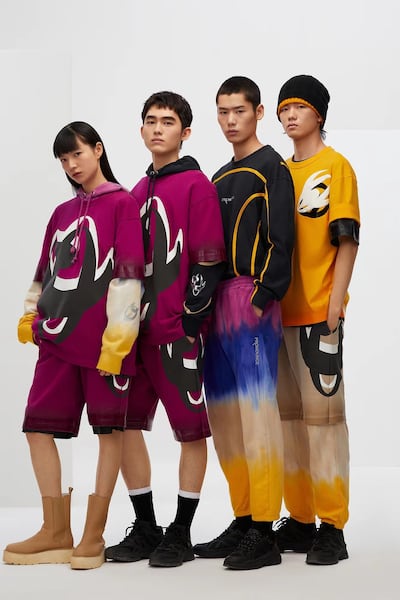
H&M told BoF in a written statement that it continues to view China as “a very important market” and continues to improve its localisation strategies. The company no longer breaks out individual country performance in the Asia region.
The recovery of Zara-owner Inditex has also been challenging. In July 2022, three of the group’s brands, Bershka, Pull & Bear and Stradivarius, completed their exit from China by shuttering their Tmall flagships. However, even as the company scaled back its physical store footprint by a fifth, it more than doubled its pre-tax profits in China in the 2023 financial year, suggesting that its focus on the Zara brand and online sales was bearing fruit.
Inditex declined to BoF’s requests to comment further.
By contrast, Uniqlo has shown that the battle for China’s mass market can be won by foreign brands. In October, Japanese parent company Fast Retailing reported a 28 percent surge in full-year operating profit on the back of a stronger than expected post-pandemic recovery in China where it has 930 stores in the mainland alone.
But even Uniqlo’s future is far from guaranteed in a rapidly evolving market like China and emulating it may not be the right approach for competitors with a different set of brand aesthetics, values and DNA.
Moreover, many of the challenges faced by foreign brands stand in contrast to a more favourable climate for home players.
Players with a home advantage
In February 2024, a report by market research company Forrester, “From Dominance To Decline: Global Brands Are Losing In China,” confirmed the consumer shift to domestic brands that started around 2016. It states that the competitive advantage of some global brands has ebbed away, not least due to a miscalculation of consumer values.
One of those is the staying power of the ‘guochao’ movement (the rise of cultural and national pride in China) in business over recent years. Amrita Banta, managing director of Agility Research & Strategy, explained that perceptions have “been transformed with the rise of Chinese heritage hip culture showing a new ‘cultural confidence in local brands.”
Local brands are often seen to be more cost effective and convenient. The lingering macro environment in China of a weakened economy and subdued consumer sentiment means shoppers have become more rational when purchasing — even for lower threshold items. Most want more choice and more bang for their buck, despite the growing focus on sustainability.
More than 80 percent of Chinese consumer respondents in a 2023 Mintel survey stated that, when buying fast fashion, product was more important than brand name.
“Products are the first absolute,” confirmed Sandrine Zerbib, president of Baozun Brand Management in the European office of parent company Baozun, which bought the China business of Gap in 2022 after the American mass market giant found the market too difficult to navigate.

Speed is the second priority. “Chinese youth catch on to the latest fashion trends very rapidly, spreading like wildfire on platforms such as [social commerce app Xiaohongshu]. For instance, one day everyone might be discussing the ‘rich heiress’ look, and the next it’s suddenly all about sporting the bright-coloured ‘dopamine’ aesthetic. These styles quickly find their way into the stores of local Chinese brands [but] international brands take a lot longer to pick up on them and implement them effectively,” observed Tom Nixon, co-founder of China-focused digital agency Qumin.
Zerbib explains that local companies often think “Chinese-first,” as opposed to global brands which have to consider shoppers across multiple regions. “Aesthetically, Chinese consumers appreciate different colours and designs but by applying western codes, [western brands] miss out. Sizing is another one, even an S is sometimes too big,” she said.
Today, fast fashion market giants like H&M and Zara face not only agile Chinese competitors but also pioneering foreign rivals. Danish brands in the Bestseller Group, including Jack & Jones, Only and Vero Moda were among the first wave of foreign brands to enter China in the mid-90s and have maintained their relevance thanks to early adoption of e-commerce in combination with a deep penetration of more than 6,000 stores nationwide.
Localisation in a cut-throat market
Lucrezia Seu, founder of Shanghai-based marketing agency Plush Consulting, explains that localisation goes much deeper in a market of China’s scale and complexity. “International [brands] often… forget that in many cases, the real strength of consumers’ spending power for lower- and mid-range price points actually lies with the second-tier cities and below.”
According to Qumin’s Nixon, Zara and H&M remain “confined to major urban centres” and are “failing to penetrate lower-tier markets” where local brands thrive.
Domestic brands also tend to better understand the nuances of consumer behaviour at a hyper-local level, experts suggest. “Brands such as Mo&Co and Urban Revivo offer everyday wear solutions for consumers [by] appreciating local trends not only of major cities but also smaller cities in China. They are able to nail the price point as well as style offerings and trends,” Seu said.
Marketing prowess is another factor. Local names are often quicker to spot the best Chinese TV shows, movies and celebrities to partner with. For example, Eifini sponsors “The Goddess,” amplifying its product placement with the hit TV show using an e-commerce model akin to ‘see-now-buy-now’.
Designer collaborations are now a prerequisite in the race to win younger fans, and this trend has shifted away from partnerships with global names to those closer to home. Peacebird has actively leveraged this strategy. In March, the apparel giant pinned its hopes on Jacques Wei, an emerging Shanghai designer brand sold at leading luxury retailers.
H&M’s first collaboration with a buzzy Chinese designer was in 2019 with its Angel Chen deal. That was followed with Pronounce in 2021 but the series ended during the Xinjiang cotton crisis. Zara then took over the space, partnering with Susan Fang in 2022 and Calvin Luo last year. Fang has since joined hands with H&M Group’s & Other Stories brand. Just last week, local media reported that H&M is planning to show an entire collection based around Chinese designer collaborations at the next edition of Shanghai Fashion Week.
These forward-thinking partnerships did much to further ingrain brands in the psyche of young Chinese consumers, but foreign fast fashion players must now go to greater lengths to match or surpass their local rivals.
Both brands have started extending their partnerships beyond the fashion category. H&M Group’s premium line brand Cos has collaborated with teahouse Chen Jin in Chengdu and H&M launched its first Chinese artist collaboration with Wan Yang. Over the Lunar New Year, Zara made a surprising pairing with local porcelain brand Xixingle.

Making the right retail investments will be key for either brand to make gains in China. Inditex listed 242 stores in China (comprising 119 for Zara fashion, 30 for Zara Home, 54 for Massimo Dutti and 39 for Oysho) in its latest annual report. H&M Group currently has 290 stores in the country.
Another priority is getting the optimal online distribution mix though Tmall still looms larger than most platforms. Zara’s overall GMV (gross merchandise value) on Tmall for the year between Mar. 2023 and Feb. 2024 was over 1,059 million yuan ($146 million), according to data provided by Baozun. H&M’s GMV exceeded 278 million yuan ($38 million) and its upmarket sister brand Cos surpassed 722 million yuan ($99 million).
In a daring move, Zara has surprised China-watchers by launching a new weekly livestream experience on TikTok sister app Douyin. It runs for five hours and includes catwalks, walkthroughs of the fitting rooms and makeup area and behind-the-scenes views.
“This has gathered a lot of attention and praise among young Chinese consumers,” said Seu pointing out that the content “feels more high fashion and entertainment rather than a simple [livestream] sales push.”
Positioning themselves incrementally upmarket could be one way in China. Close to 60 percent of respondents in a recent Mintel survey said they accept fast fashion items in an increasingly expensive price bracket (over 1,000 yuan). Inditex and H&M Group have responded to this by introducing premium fast fashion offerings and lines in at higher price points and better fabrics.
Despite these and other moves, experts say that most foreign fast fashion brands appear to be stuck in something of a catch-22: until the China market accounts for a greater share of their global business, their leaders are unlikely to devote the level of investment needed to stimulate game-changing growth. For companies able to find a way through that conundrum — and compete against local rivals with a growing home advantage — the payoff could be significant.
However, brands like H&M and Zara must change tack to do so, suggests Zerbib.
“They have been market leaders globally for so long and that comes with a specific mindset. But [in China] now they must shift to a contender mindset,” she said.
DMTBeautySpot
via https://dmtbeautyspot.com
Gemma A. Williams, DMT.NEWS, DMT BeautySpot,




